Making a Cosmic Margarita
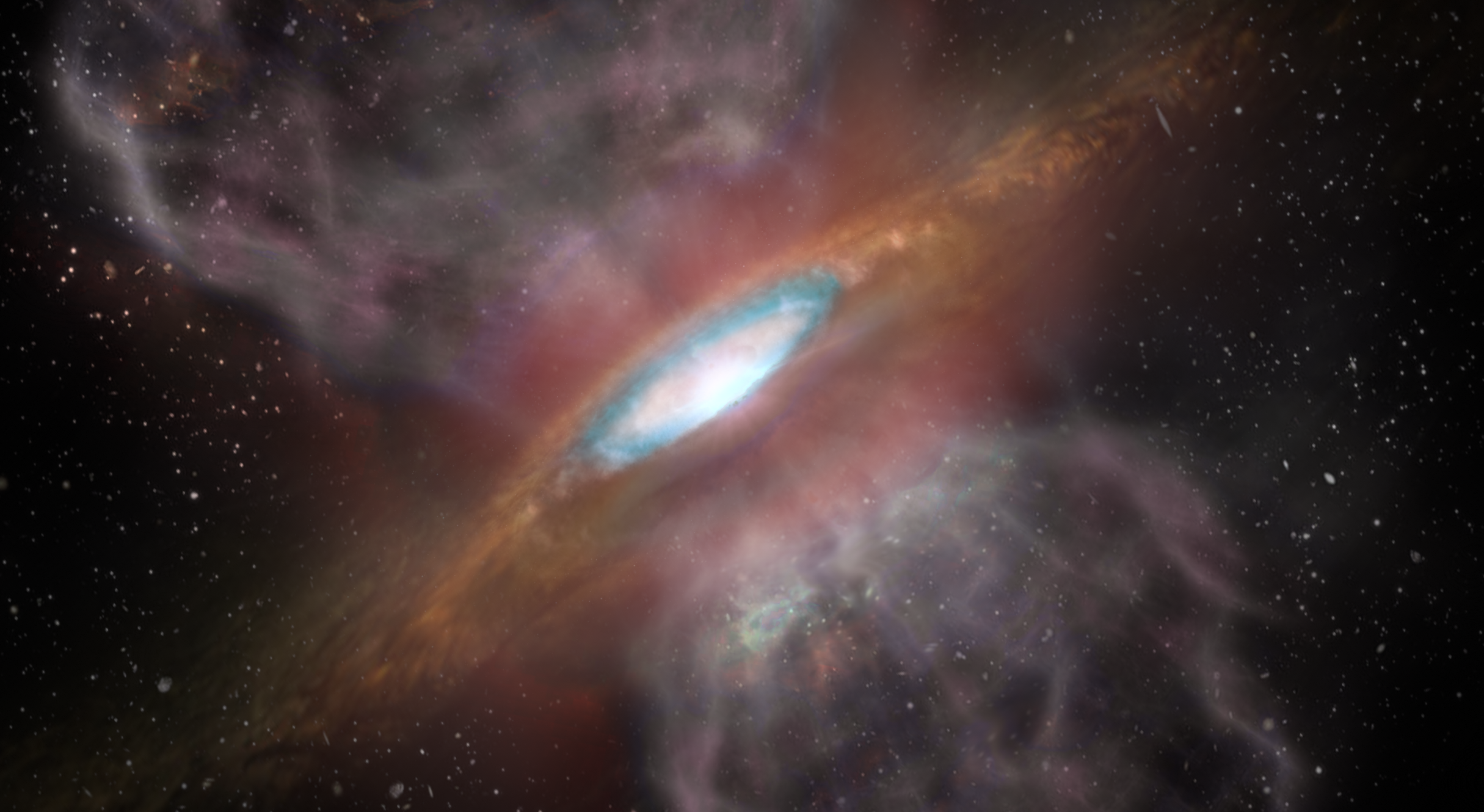


"Classic" Margarita recipe:
- 2 oz tequila
- 1 oz triple sec
- 1 oz fresh lime juice
- Salt for rim
- Ice
- Combine ingredients, shake vigorously

Precise Margarita recipe:
- Water (H₂O): 73.88%
- Ethanol (C₂H₅OH): 18.85%
- Sucrose (C₁₂H₂₂O₁₁): 5.08%
- Citric acid (C₆H₈O₇): 1.23%
- Glucose + Fructose (≈C₆H₁₂O₆): 0.31%
- Ascorbic acid (C₆H₈O₆): 0.010%
- Other organics/minerals: 0.50%
- Sodium chloride (NaCl): 0.14%
We can make this in space!

Precise Margarita recipe:
- Water (H₂O): 73.88%
- Ethanol (C₂H₅OH): 18.85%
-
Sucrose (C₁₂H₂₂O₁₁): 5.08% -
Citric acid (C₆H₈O₇): 1.23% -
Glucose + Fructose (≈C₆H₁₂O₆): 0.31% -
Ascorbic acid (C₆H₈O₆): 0.010% -
Other organics/minerals: 0.50% - Sodium chloride (NaCl): 0.14%
We can make this in space!
...if we ignore some important things (sugar? flavor? blech!)
We're going to look in Orion....

We're going to look in Orion....



We're going to look in Orion....






We're going to look in Orion....





✅ Ethanol
✅ Water
✅ Water
✅ Hilarious academic joke
Also the water is conveniently already in ice.
Ballering+ 2025


A giant molecular outflow... made of silicate (SiO). Our glass!*
✅ Ethanol
✅ Water
✅ Glass
✅ Water
✅ Glass
* Glass is actually SiO2, which we can't see directly. Close enough.
Salt: NaCl
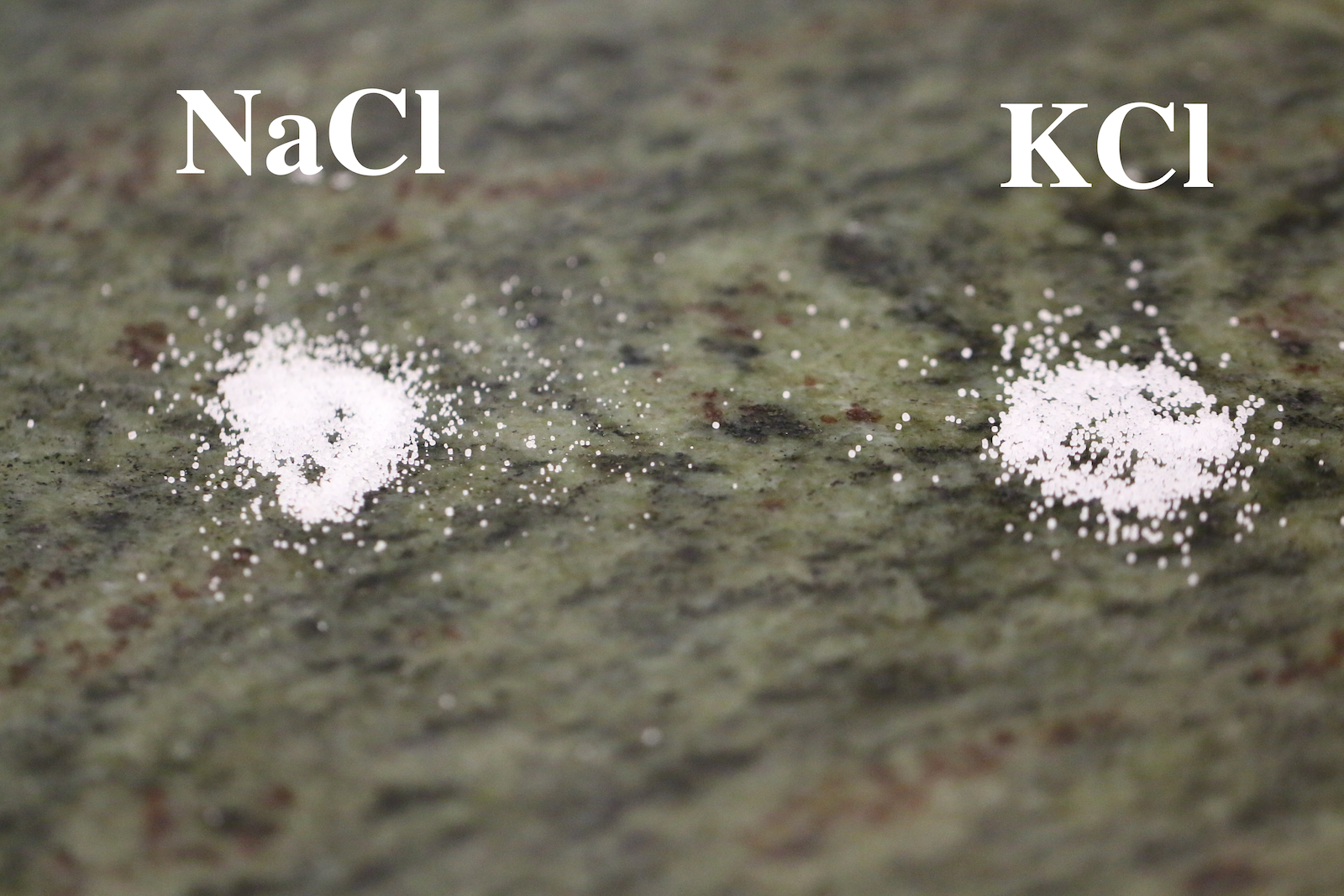
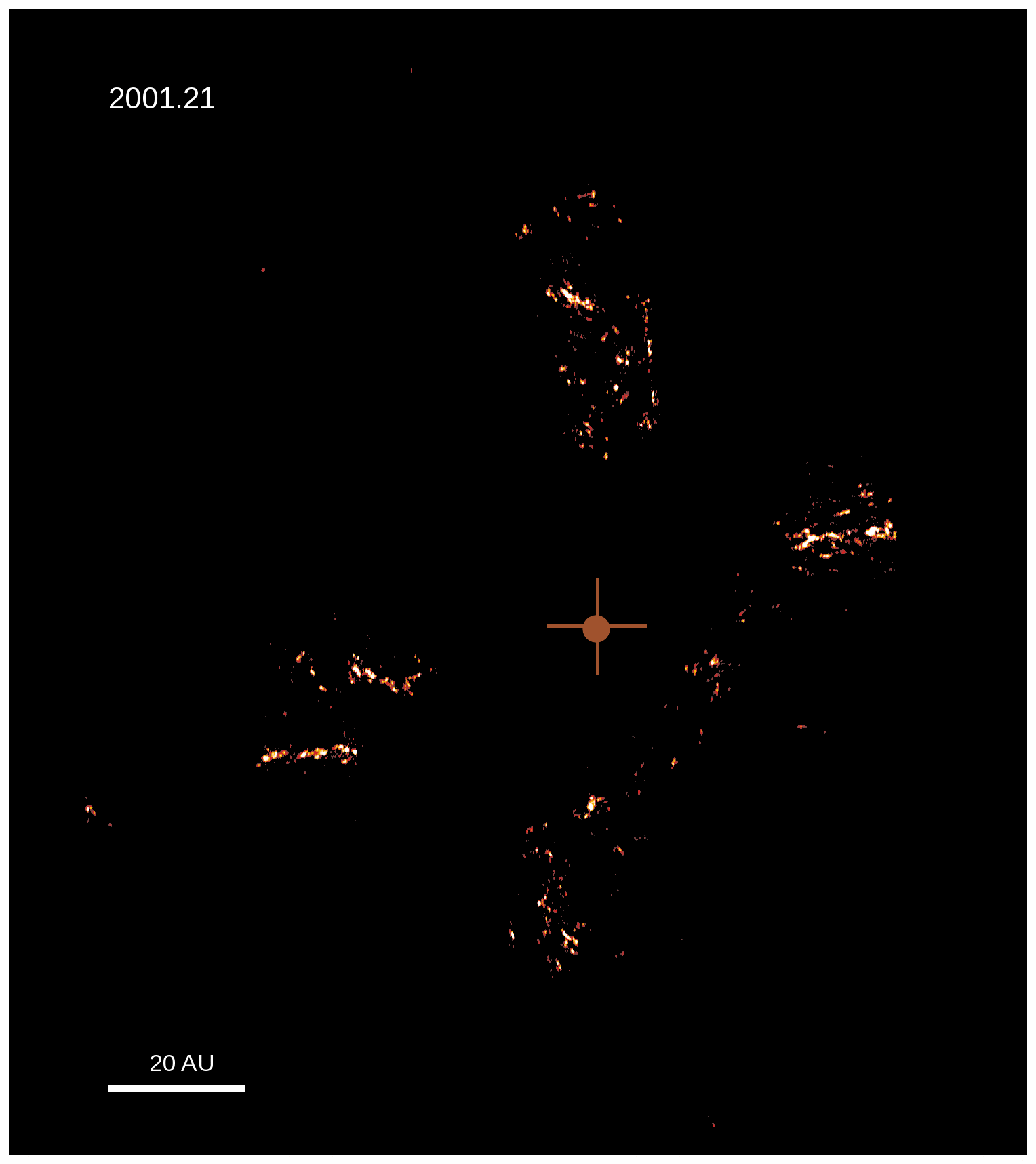
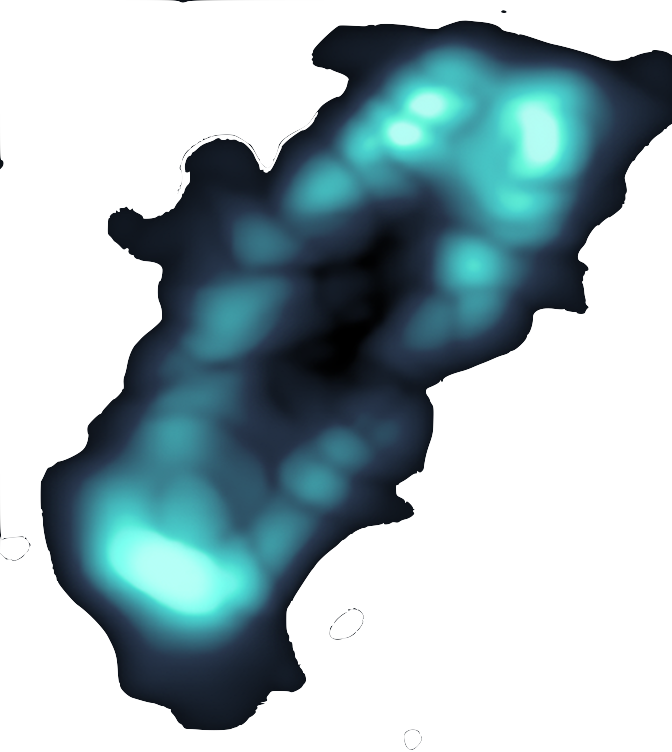
✅ Ethanol
✅ Water
✅ Glass
✅ Salt
✅ Water
✅ Glass
✅ Salt


The shaker
Some of those are unstable - they will fling apart

The shaker
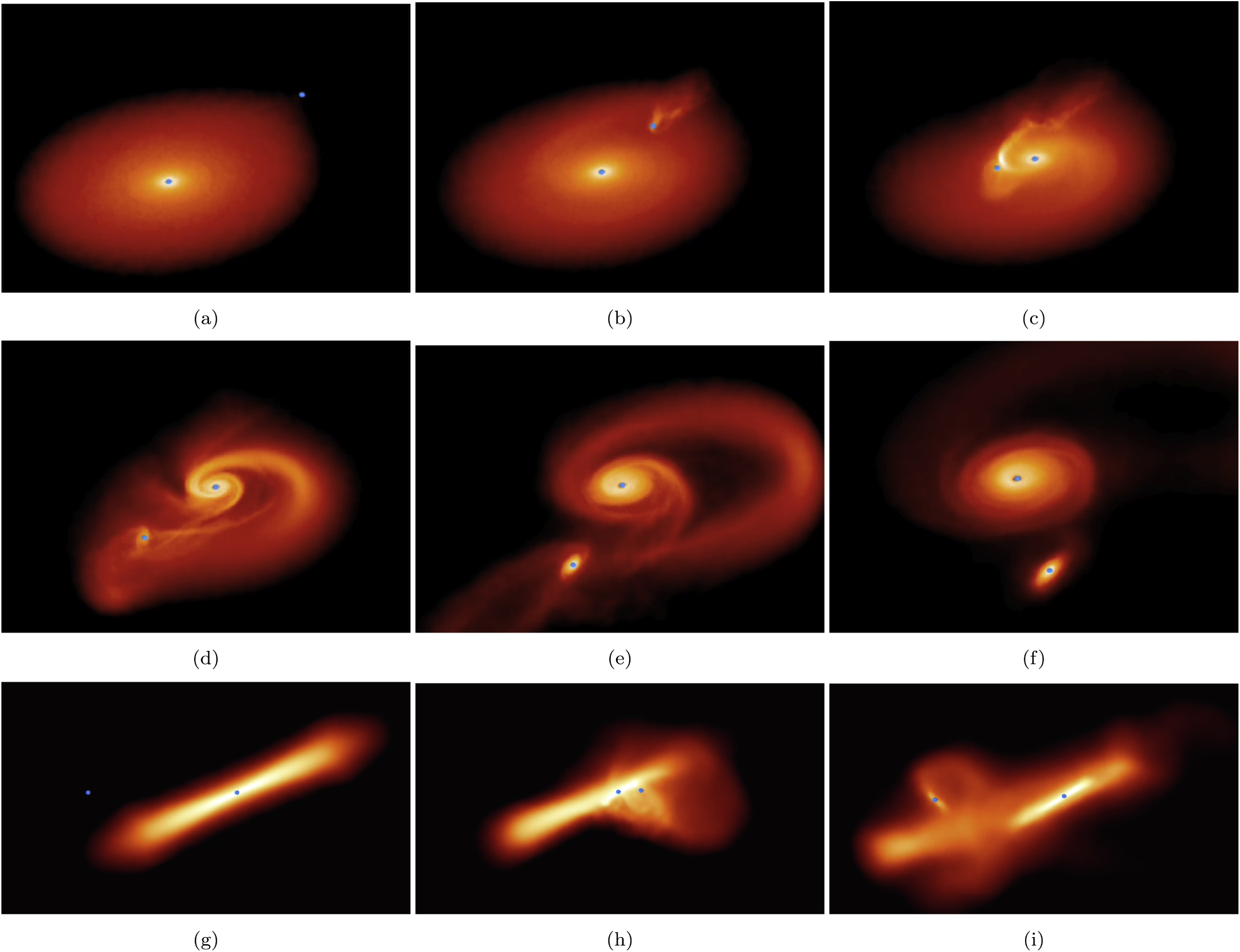

✅ Ethanol
✅ Water
✅ Glass
✅ Salt
✅ Shaker
✅ Water
✅ Glass
✅ Salt
✅ Shaker
Recap:
- Over the last few thousand years, complex molecules (booze) have been forming alongside stars
- About 500 years ago, a bunch of stars got together and tore up the room
- They flung out some glass and fried some salt

So what really happened here?
- This is one of the biggest explosions we know that wasn't a supernova
- So far, we haven't found anything exactly like it (but there are some candidates that are pretty close)
- The underlying explanation might be that two stars collided and merged.

Src I, X, and BN were in the same location around 500 years ago.
The Explosion was around 500 years ago.
Probably the same event.
The Explosion was around 500 years ago.
Probably the same event.
What happened in Orion 500 years ago?
- There was a non-hierarchical multiple system (unstable)
- Dynamical interactions happened and flung out BN, I, X
- A bunch of material was flung out. E~1047 erg
- Did a star fly through another's disk?
- Was there a stellar collision?
- Src I has a disk, which is dynamically OK
- \(v < v_{esc} = 23 \mathrm{~km~s}^{-1} \left(\frac{M_I}{15 \mathrm{M}_{\odot}}\right)^{1/2} \left(\frac{r}{50~\mathrm{AU}}\right)^{-1/2}\)
- \(v_I \approx 11.5 \mathrm{~km~s}^{-1}\)
Orion Source I
a disk around a 15 M⊙ YSO
Salt: NaCl
1 mm continuum
NaCl v=3 J=7-6
NaCl v=3 J=7-6
1 mm continuum
NaCl v=1 J=18-17
NaCl v=1 J=18-17
1 mm continuum
NaCl v=2 J=26-25
NaCl v=2 J=26-25
SiO v=5 J=8-7
NaCl v=2 J=26-25
SiO v=0 J=8-7
NaCl v=2 J=26-25
SiO v=0 J=8-7
SiO v=5 J=8-7
NaCl v=2 J=26-25
880 μm continuum
NaCl v=2 J=26-25
880 μm continuum
Observing the Keplerian rotation profile of a disk is the most direct way to measure a protostar's mass
(we can only see the disk, not the star itself)
Salts are seen in other HMYSO disks
Luke Maud et al (2019) in G17.64+0.16 (\(d\sim2.2\) kpc)
Why do we see salt?
- Previously, NaCl & KCl only in AGB* atmospheres,
associated with dust formation - Most likely dust destruction here
Dust destruction happens immediately as the outflow is launched? - What about excitation? We see vibrationally excited lines at v>1, which are not seen in AGB*s
Temperature?
Temperature?
We do not have a viable model to explain these temperatures
A strong non-blackbody radiation field from 25-40 µm may explain them.
Forsterite (MgSiO4) has some emission bands in that range. Maybe?
UV/optical electronic excitation is possible, but would likely dissociate the molecules
A contrived model
Electronic excitation analog
Possible future uses for these lines?
- Metallicity measurement in deeply embedded star-forming environments? (at least of Na, K, Cl) [probably not]
- Disk kinematics of high-mass stars, which are otherwise unobservable (τ>1 at mm wavelengths)
- Disk kinematic measurements at early stages?
- Probe dust destruction (and/or formation?) in outflows, disks?
- Probe radiation environment around HMYSOs?